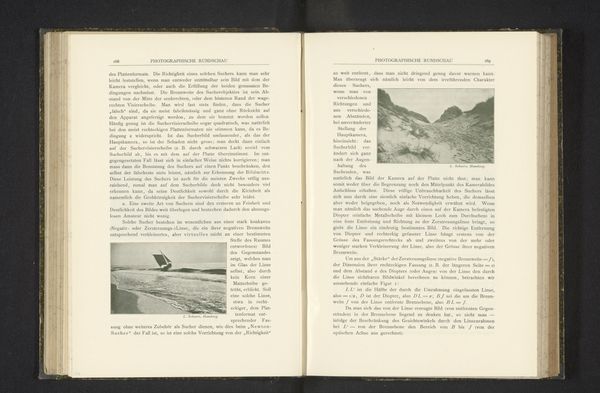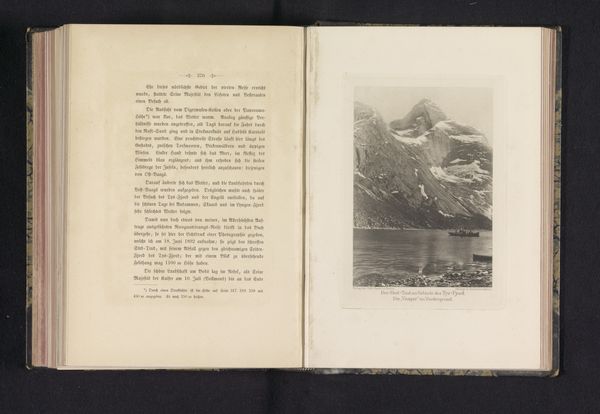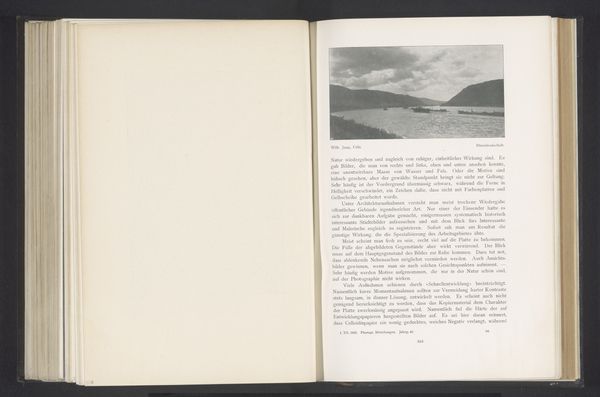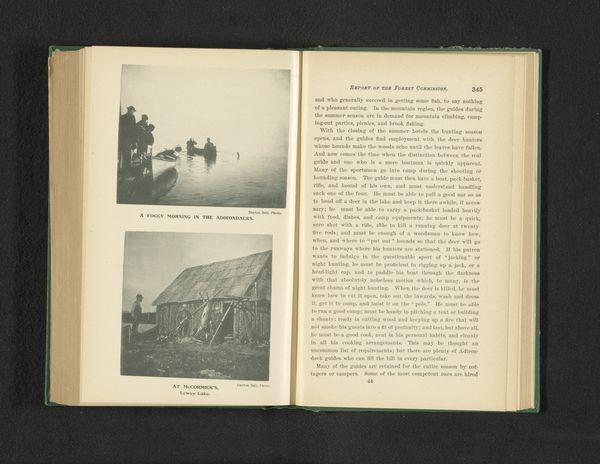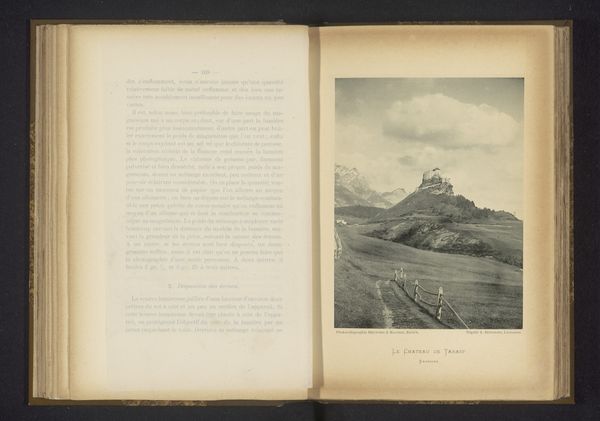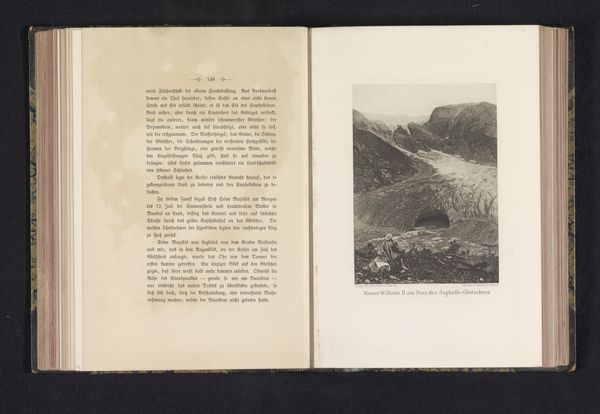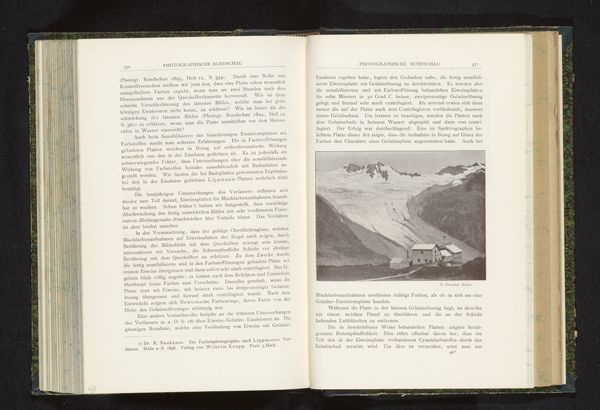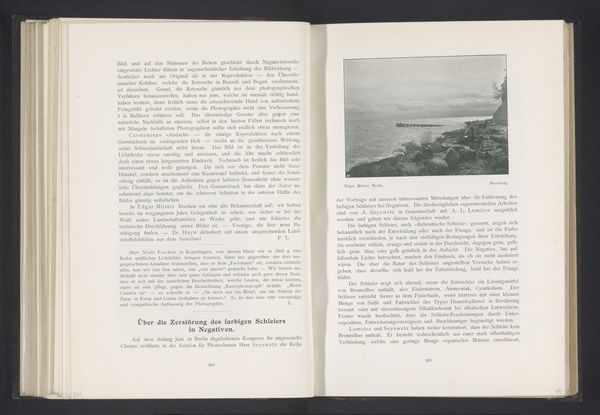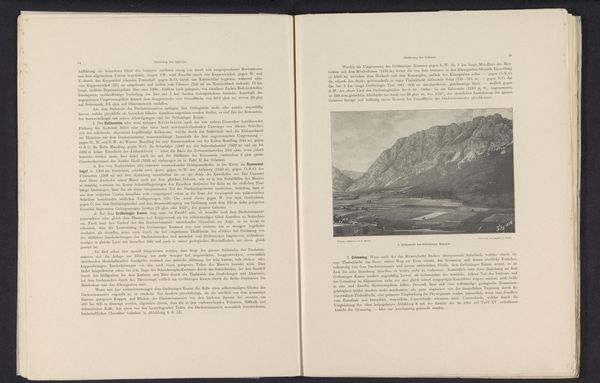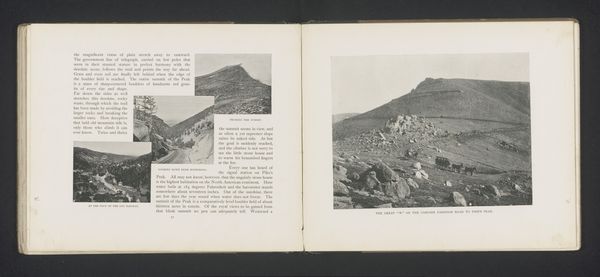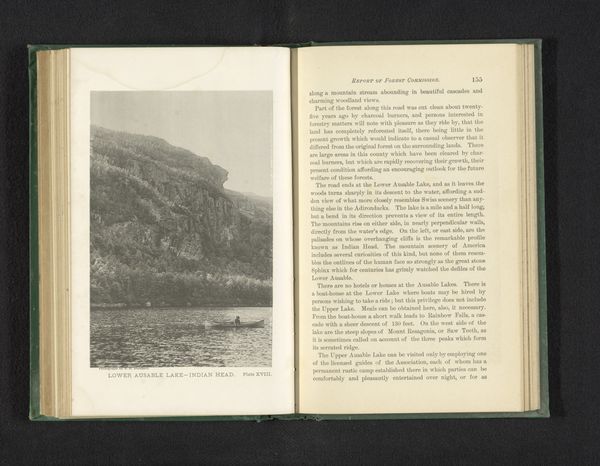
Dimensions: height 80 mm, width 115 mm
Copyright: Rijks Museum: Open Domain
Curator: This captivating image, titled "Gezicht op de Torra di a Parata te Corsica," predates 1903, crafted by Philipp von Schoeller. It's a photograph rendered as a print, and what immediately strikes you is its almost painterly quality. Editor: It’s interesting that you call it painterly. To me, there’s something stark about it. The monochrome flattens the perspective, making the Corsican tower seem almost foreboding against that rough coastline. There's a tension there between beauty and isolation. Curator: The very essence of landscape, particularly that featuring imposing architectural forms like the tower, invites introspection. It becomes a visual meditation, the tower acting as a symbol of permanence against the ever-shifting sea. Von Schoeller likely saw more than just scenery here. He captured the emotional weight of place. Editor: Agreed, and thinking about the historical context is key here. That tower wouldn’t just be an aesthetic feature. It likely represents power structures, perhaps a history of surveillance or defense. The choice to present it so starkly, dominating the composition, probably wasn’t accidental. There are potential questions about the legacy of colonialism intertwined with landscape photography, right? Who gets to define and document a place? Curator: Precisely. We should remember that such images also function as historical records. It transports us back in time, granting us a window into a particular moment, and a specific viewpoint about landscape, history, and experience. The play of light and shadow, carefully controlled, hints at timeless stories and layered meanings within a single, static image. Editor: Ultimately, it makes you consider your own positionality when gazing at the scene. What does it mean to be a contemporary viewer engaging with an image created so long ago, capturing a place marked by centuries of complex histories? Curator: The tower stands—as does the photograph—as a reminder of the echoes of history shaping our present. Editor: Yes, it encourages a crucial engagement with place and power.
Comments
No comments
Be the first to comment and join the conversation on the ultimate creative platform.
